Silent Era Home Page > Home Video > Chaplin’s Essanay Comedies, Volume 3

Reviews of silent film releases on home video.
Copyright © 1999-2025 by Carl Bennett
and the Silent Era Company.
All Rights Reserved. |
|
Chaplin’s
Essanay Comedies
Volume 3
(1915-1918)
|
Contents: Shanghaied (1915), A Night in the Show (1915), Carmen (1916), Police! (1916) and Triple Trouble (1918).
Charles Chaplin began working for his second motion picture employer, the Essanay studios in Chicago, in 1915. Chaplin moved his production unit from Chicago to the Essanay studio at Niles (today a neighborhood of Fremont), California, then to southern California, where the films in this collection were made.
Shanghaied (1915) is something of a precursor to the nautical scenes of Chaplin’s The Immigrant (1917), especially in the swaying of the camera to emulate rough seas. There are several funny moments in the film, most of them gags centered around eating while the sea rocks the boat violently.
A Night in the Show [also known as A Night at the Show] (1915) is not to be confused with Chaplin’s A Night Out (1915).
The final three films in this collection are historically tainted. When Chaplin finished his 1915 contract, he had been working on a feature-length comedy to be entitled Life. The film was left unfinished when Chaplin departed Essanay’s employ. In an attempt to milk the Chaplin cash cow for all it was worth, Essanay expanded Carmen into A Burlesque on Carmen, edited together Life footage into the short Police!, and combined new footage with unused Life footage to cobble together Triple Trouble.
Carmen (1915) followed two 1915 American versions of the popular tale each directed respectively by Cecil B. DeMille and Raoul Walsh. Without Chaplin’s participation, Essanay expanded his final official film for them from two reels to four reels in 1916, using a combination of Chaplin outtakes and new footage. David Shepard has bravely taken historical initiative and has edited the four-reel A Burlesque on Carmen to an approximation of Chaplin’s original two-reeler using, as a guide, court documents from Chaplin’s unsuccessful suit against Essanay.
In Triple Trouble (1918), the cook character is obviously played by a different actor in the bridging shots in 1918 from the original 1915 actor. All the nonsense about Colonel Nutt, his daughter, the diplomats from Prezelstrasse, and the “wireless explosive” are new to the Leo White-directed expansion of the Chaplin footage. And what is the point of a humpbacked policeman? Is that funny? Whether it is the print or the original photography, the butler’s head is cut off when he introduces Charlie to the cook. Why Essanay couldn’t have cut this as a one reeler? Viewers familiar with Chaplin’s Essanay films will recognize the second half of the flophouse sequence from the unfinished feature film Life which appears after the intertitle, “His day’s work done.”
Chaplin was still developing a well-defined comedic style. His earlier Essanay films depended to greater or lesser degree on comedic themes established at Keystone Film Company, where Chaplin has started his film career in 1914. Occasionally we see glimpses of the Chaplin to come in these last films made for the Essanay company presented in this collection.
— Carl Bennett
|
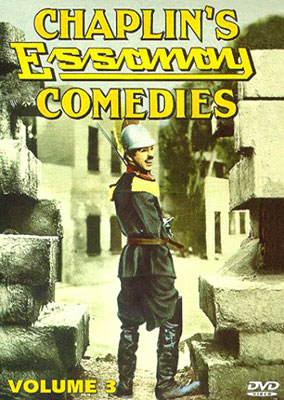 Film Preservation Associates Film Preservation Associates
1999 DVD edition
Chaplin’s Essanay Comedies Volume 3 (1915-1918), black & white and color-toned black & white, 131 minutes total, not rated, including Shanghaied (1915), color-toned black & white, 27 minutes, not rated, A Night in the Show (1915), black & white, 23 minutes, not rated, Carmen (1916), color-toned black & white, 31 minutes, not rated, Police! (1916), black & white and color-toned black & white, 26 minutes, not rated, and Triple Trouble (1918), black & white, 23 minutes, not rated.
Film Preservation Associates, distributed by Image Entertainment, ID5415DSDVD, UPC 0-14381-54152-6.
One single-sided, dual-layered, Region 0 NTSC DVD disc; 1.20:1 and 1.33:1 aspect ratio picture in full-frame 4:3 (720 x 480 pixels) interlaced scan image encoded in SDR MPEG-2 format at 6.5 Mbps average video bit rate (capable of progressive scan upscaling to ? fps); Dolby Digital (AC3) 2.0 stereo sound encoded at 192 Kbps audio bit rate; English language intertitles, no subtitles; chapter stops; snapper DVD case (reissued in standard DVD keepcase); $24.99.
Release date: 28 September 1999.
Country of origin: USA
Ratings (1-10): video: 6 / audio: 8 / additional content: 2 / overall: 6.
|
|
With this three-volume DVD collection of short comedy films, we finally have a watchable and fairly complete representation of the Essanay films. The films in this third Essanay volume have some additional footage not present in previous home video versions. Shanghaied and A Night in the Show have previously appeared on laserdisc and were presented in reasonably complete form. As stated on the DVD packaging for this new collection from David Shepard and Image, as many as three separate prints of each of the titles have been utilized in the video transfer process to assemble the most complete versions of these Essanay films that modern audiences have ever seen. On viewing the DVD, appearances are that most of the materials utilized were original 35mm prints (and possibly, negatives!). Main title cards and intertitles have been redone for video, with an attempt to make them look like authentic titles.
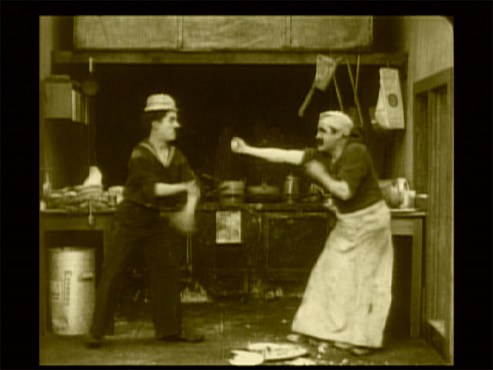
It appears that as many as three separate prints have been utilized to reconstruct Shanghaied. In the video transfer they are easily identified. The opening shot of the ship captain and the ship owner has been transfered full-frame into a television’s overscan area. The print is clear 35mm with very good tonal range. The majority of the transfer utilizes a very good quality 35mm print that has been ‘portraitboxed’ to fit the print’s almost square aspect ratio, indicating the possibility that this print comes from a sound reissue print with some of the left side of the original image lost to an added optical soundtrack. The portraitboxing ensures that the top and bottom of the image (heads especially) remain seen within the image cropping. The left edge of the portraitboxing is slightly blurred indicating a frameline and that care was taken to show absolutely as much of the picture image as the original print had to offer in this home video edition. The tonal quality is the best of the three being of a broad range of greytones. The remaining footage is taken from a badly worn print with many vertical scratches, and is hardly discernable as a worn-out original 35mm print, or as a worn 17.5mm or 16mm reduction print.
Compared to the laserdisc edition of this film, the sepia-toned black & white and slightly-softer transfer of the new Shepard edition reduces the distracting effect of the print wear. While the laserdisc edition of Shanghaied ran too fast, with its sound-speed video transfer, it is visually sharper than the new transfer here and ultimately remains the best-looking transfer on home video. However, that laserdisc edition also lacked any intertitles, which made following the storyline extremely difficult. That laserdisc edition also had a slightly different editing order of the early scenes involving the ship captain, the ship owner and a crewman who is told to assemble a crew of sailors. The new edition appears to have restored the editing order of shots, and adds what appears to be original intertitles; we hope that the editing of this version of Shanghaied reflects the original editing of the film.
Another puzzling and perhaps distressing inconsistency in this new edition of Shanghaied is a single shot: an expository insert shot of Edna’s letter to her father. The laserdisc edition has no such shot whatsoever, which is not the issue since it didn’t have intertitles either; the shot is simply missing there. The new edition features an insert shot of Edna’s letter reading:
Father:
I have stowed away on your boat. Goodbye.
Your unhappy daughter.
Edna
The handwriting appears to be contemporary to the film and thus doesn’t appear to be a faked replacement of the shot. However, a 16mm reduction print of Shanghaied has an insert shot of the letter in what also appears to be contemporary handwriting, but reads as follows:
Dear Father,
I cannot live without my Charlie, so I am stowing away on your boat. Goodbye forever.
Your broken hearted daughter.
Edna
We have the sneaking suspicion that the 16mm print features the original letter shot, with its more detailed message and its use of a comma after the salutation instead of a semi-colon, consistent with early 20th-century letter-writing practices. The new Shepard edition here may have replaced the shot with new authentic-looking artwork or the shot may come from an alternate original print source. At any rate, we would have preferred the text of the letter from the 16mm print be utilized for this new edition.
The DVD features much more of the original image of A Night in the Show than previous home video versions in its full-frame black & white video transfer, although we still feel that the film should have been slightly windowboxed. This film features the best-looking transfer on the DVD, and appears to have utlized only one print. The previously available laserdisc edition featured a more contrasty transfer, had frame jitters, and had bad print decomposition where Chaplin first sees Edna. All of these deficiencies have been corrected for this DVD.
When Mr. Rowdy kicks the baby-holding mother in the face, 21 original frames (one second of screen time) have been expanded to 90 video frames (3 seconds of screen time). The laserdisc edition features several frames before Chaplin lifts his leg to kick the woman, but is cut short before the woman can rise to her feet. Both the laserdisc and DVD editions are missing frames from this shot that have survived in other prints. Overall, however, the DVD edition features a picture image so clear and detailed that when the fire eater accidently knocks over a tall candle, you can see where the stage door catches fire.
Police! (1916) The generously-framed video transfer of Police! appears to have utilized two 35mm prints: one excellent print and another Blackhawk print (the same as was used for their 16mm reduction prints). The presentation is black & white with color-toned sections. The tinting changes from blue to bright orange-red can be a shock for viewers. The results render another of the better-looking presentations on the disc. A broad range of greytones are present in the source prints and are well-maintained in the video transfer. The presentation here features an extended ending that is not present in Blackhawk 16mm reduction prints.
For a review of Triple Trouble (1918), see our Triple Trouble on Home Video page.
Altogether, this third Essanay collection reveals a Chaplin who is still searching for the storylines and comedic style that came to maturation in his 1916-1917 Mutual period. We again stress that David Shepard has done an admirable job of a difficult task — that is to present these Essanay comedies in their best-possible form. A similar project involving the Chaplin Keystone films of 1914 may never be successfully completed since many of those films have only survived in rough and reedited 35mm reissue prints and substandard 16mm reduction prints. So, let us be thankful we can enjoy these early Chaplin films in these watchable editions.
|
This Region 0 NTSC DVD edition has been discontinued
and is . . .
|

|
|
|
Other silent era CHARLES CHAPLIN films available on home video.
Other SHORT COMEDY FILMS of the silent era available on home video.
|
|
Charles Chaplin filmography in The Progressive Silent Film List
|
|
|

LINKS IN THIS COLUMN
MAY TAKE YOU TO
EXTERNAL WEBSITES
•
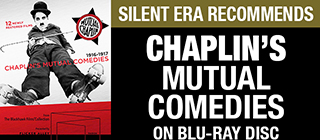

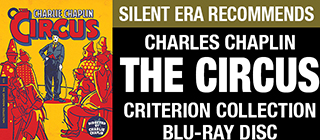
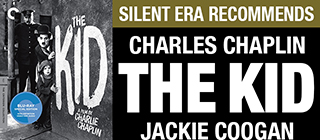

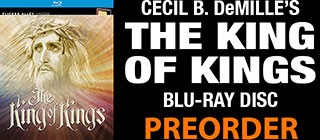
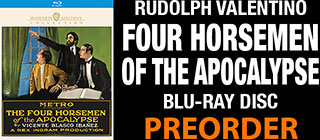
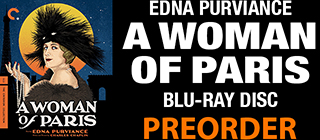
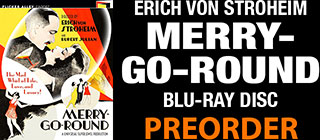
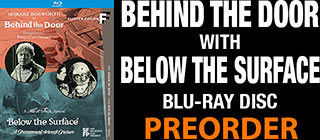
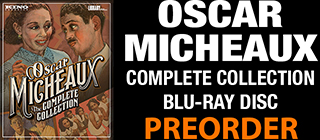
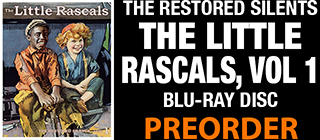
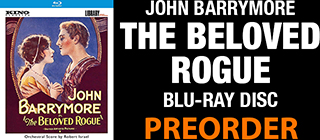
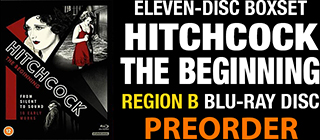
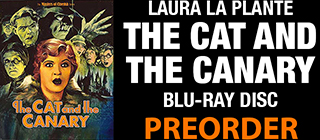
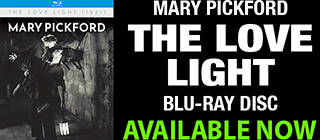
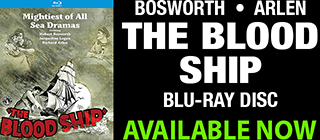
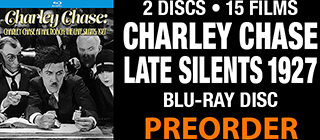
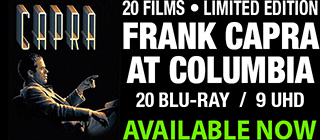
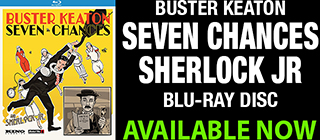


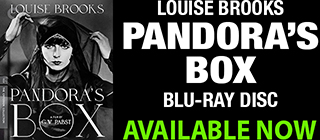
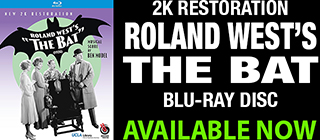


•
|




































